SUMMARY
This is AI generated summarization, which may have errors. For context, always refer to the full article.
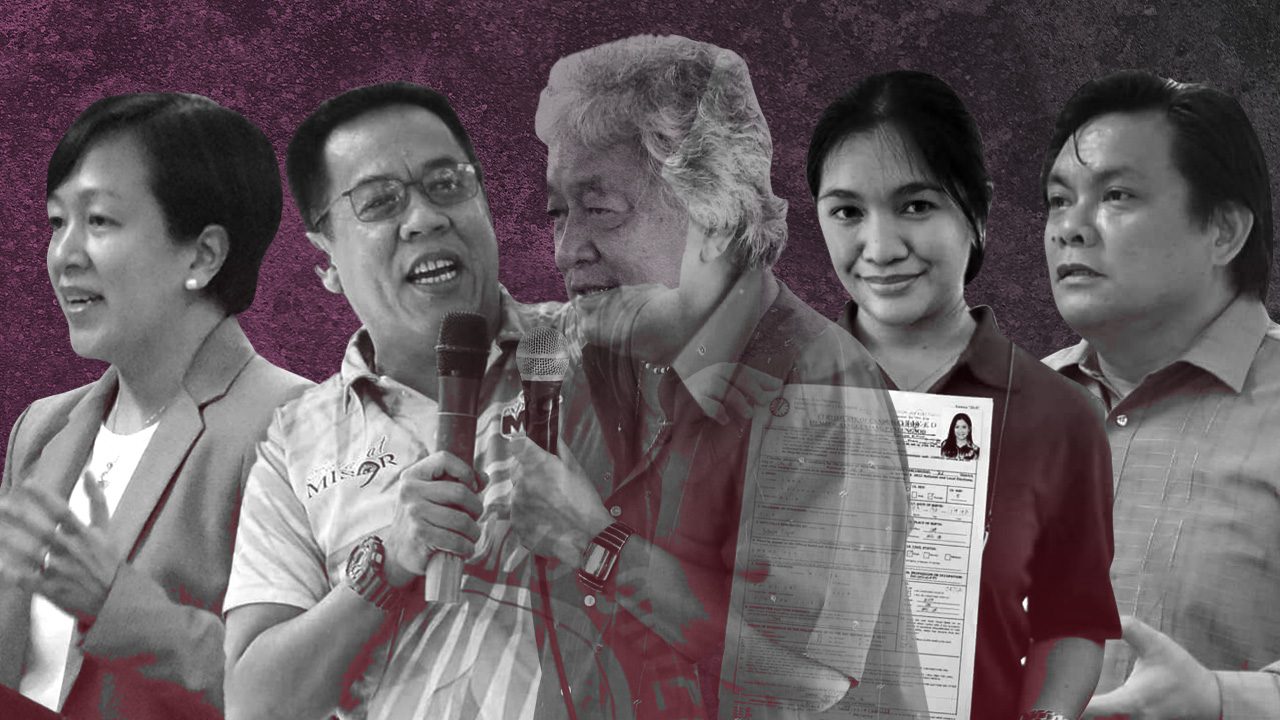
Editor’s Note: Political dynasties currently occupy 29% of local posts, up from only 19% in 1988. They hold 80% of the country’s gubernatorial posts, compared to only 57% in 2004. In Congress, they now control about 67% of seats from 48% in 2004.
This means that most of our provinces are governed by leaders who come from families or clans that have dominated local politics for years, and the country’s laws which citizens are subjected to are mostly crafted by them.
In this series on political dynasties in 2022, Rappler takes a close look at the persons and families who wield tremendous power and continue to have a firm grip on their respective localities. Their brand of politics and exercise of their political clout influence not only the outcome of local elections, but also the choice of our national leaders.
CAGAYAN DE ORO, Philippines – The three-decade political career of the late governor and mayor Vicente “Dongkoy” Emano helped shape Misamis Oriental and Cagayan de Oro.
But who was he, and what were the political beginnings of the man who later became a local political kingpin in Northern Mindanao?
Dongkoy was a small-town politician who rose to prominence after the 1986 EDSA “People Power” revolution. Before his rise in politics, he had relatively small business interests that included rural banking.
He started his political career as a mayor of his hometown Tagoloan in Misamis Oriental in 1980 under then-strongman Ferdinand Marcos’ Kilusang Bagong Lipunan (KBL), and then jumped to PDP-Laban at the right time, just when the opposition to the dictatorship was snowballing into a bloodless revolt.
He was appointed officer in charge of the Misamis Oriental provincial government when the statesman Aquilino “Nene” Pimentel Jr., a former mayor of Cagayan de Oro, rose to become interior minister of the revolutionary government of Corazon Aquino. Nene subsequently became a member and, at one point, president of the Senate.
As Pimentel’s star further rose in national politics, so did his protégé’s name, which slowly became a household word in Misamis Oriental and Cagayan de Oro politics. But unlike Pimentel who was a legal luminary, Emano was a tough-talking street smart college dropout who easily connected with the masses.
From Misamis Oriental to Cagayan de Oro
For many years, Dongkoy was to Cagayan de Oro and Misamis Oriental exactly what President Rodrigo Duterte is to Davao City.
When he was mayor of Tagoloan, there were stories about how he “disciplined” misbehaving thugs in his town with a baseball bat in defense of the poor and the oppressed, an image of a politician that played well with the imagination of the common man.
Dongkoy’s late brother Paulino, who succeeded him as town mayor when he became governor, used the same template.
Dongkoy was self-taught and learned the ropes fast. Yet, unlike Duterte, he spoke with eloquence in Cebuano or English with a mesmerizing deep baritone voice that added to his charisma and populist appeal.
The then-governor of Misamis Oriental severed his ties with PDP-Laban after the 1995 midterm elections just as it became clear that he had set his eyes on the political leadership of Cagayan de Oro City, where another Pimentel protégé, the late mayor Pablo “Ambing” Magtajas, was head of the dominant party.
Although his friendship with Magtajas and Pimentel turned sour, Emano found himself reuniting with Nene in the 1998 elections when the two backed what became the successful presidential bid of Joseph Estrada.
The Magtajas wing of PDP-Laban threw its support behind Estrada’s rival, the then-speaker Jose de Venecia Jr. of the administration party at that time, Lakas-NUCD.
PaDayon Pilipino saw its biggest victory in the 1998 elections with Emano’s ally, then-councilor Constantino “Tinnex” Jaraula, defeating Magtajas in the race for Cagayan de Oro’s lone congressional district.
Emano, too, was elected Cagayan de Oro mayor by a landslide against Magtajas’ preferred successor, the then-representative Erasmo “Jun” Damasing Jr.
The 1998 elections ended the political careers of Magtajas and Damasing, as well as the political dominance of PDP-Laban and Pimentel in Cagayan de Oro and Misamis Oriental.
In 2001, they lost even when they all reunited behind the bid of Nene’s son Aquilino “Koko” Pimentel III to unseat Emano in the elections that year.
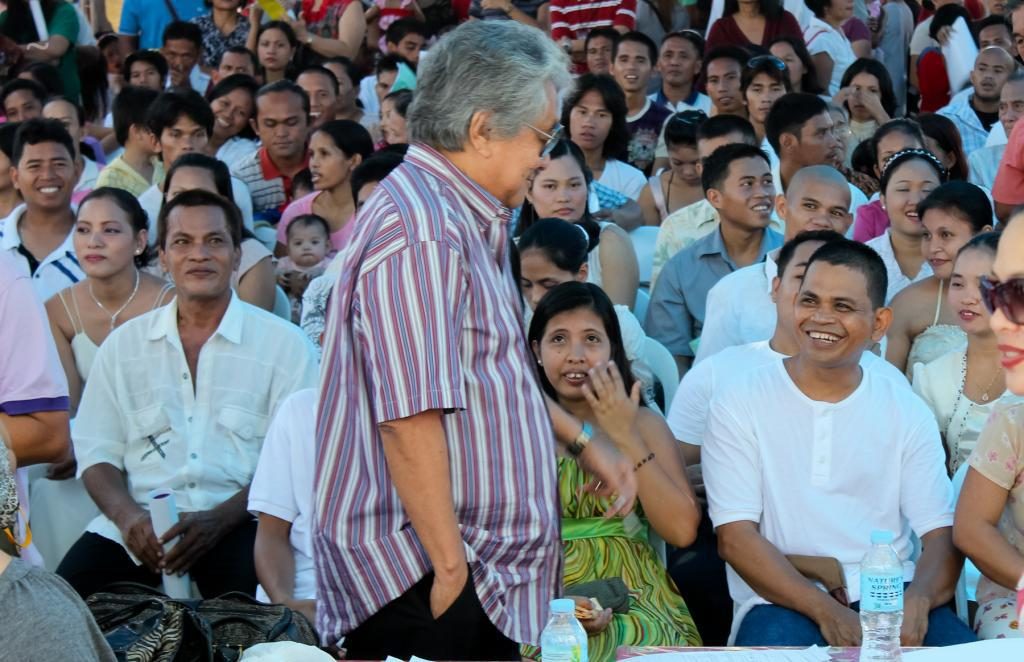
Achilles’ heel
Unable to seek reelection in 2007, Emano fielded his ally Jaraula as a candidate for the mayoral post while Emano ran for vice mayor. They won.
Jaraula, widely perceived as a placeholder, served as mayor for three years while Emano waited for the 2010 mayoral elections while serving as the city’s vice mayor.
For three years, Emano delegated his function as presiding officer of the city’s legislature to councilors. He presided over the meeting of the PaDayon Pilipino-dominated city council only once – during its inaugural session.
Emano was elected back as mayor in 2010 by a slim margin of over 2,000 votes against his challenger, Representative Rolando “Klarex” Uy of Cagayan de Oro’s 1st District. Uy, a former Emano political ally, is now running for mayor for the second time.
Emano enjoyed local political kingpin status until the 2013 elections, when then-governor Oscar Moreno challenged his reelection bid and unseated him following a political backlash from the devastation brought about by Typhoon Sendong (Washi) in December 2011.
Sendong was the worst natural disaster to ever hit Cagayan de Oro in recent memory, and it brought to the fore the city’s lack of disaster preparedness and poor disaster management response.
The 2011 disaster was Dongkoy’s nightmare and Achilles’ heel – it exposed his administration’s defective and overly politicized land distribution scheme called “piso-piso” that encouraged hundreds of families to build their homes along the Cagayan River and its land formations despite a warning from the Department of Environment and Natural Resources (DENR).
The families were promised land ownership titles within the DENR-declared danger zones in exchange for a token one-peso payment each. Many of them died when the rampaging floodwaters swept away their houses between the evening of December 16 and the wee hours of December 17 that year.
When the city’s mortuaries were filled to the brim and villages were overwhelmed by the stench, city hall had decomposing bodies taken to the city dump, a move that started a firestorm as it was widely seen as a desecration of the dead and an abomination.
As a result, Emano lost his grip over Cagayan de Oro politics in 2013 and never won an election in the city after that despite his attempts to take back city hall’s leadership from Moreno.
The Emanos blamed what they said was the failure of the state’s weather bureau to properly alert the city government about the threat posed by Sendong.
They also said no local government could have prevented such a natural disaster, and that those who criticized Dongkoy were merely looking for someone to blame for the tragedy that was beyond his control.
Reclaiming Misamis Oriental
But as Dongkoy lost his battle in Cagayan de Oro in 2013, his family reclaimed Misamis Oriental’s leadership with the election of his congressman-son Yevgeny Vincente “Bambi” Emano as governor that same year.
Dongkoy’s lawyer-daughter Nadya and her husband President “Prexy” Elipe also served as members of the city council that remained dominated by Emano’s party during the early years of the Moreno administration.
Prexy was later appointed by Duterte as a member of Misamis Oriental’s provincial board because of a vacancy. He lost in the 2019 elections when he was fielded by PaDayon Pilipino as his brother-in-law’s running mate.
Months later, the Sandiganbayan ordered the arrest of Prexy and his sister Pristine in connection with their 2018 conviction for graft. Nothing has been heard of him since then.
Prexy’s wife Nadya – one of Dongkoy’s children – is now running for mayor of Tagoloan, the hometown of the Emanos where the political family lost three years ago – the first such loss since 1980. Until 2019, the Emanos had been taking turns in leading the town.
Dongkoy’s biological grandchild and adopted daughter Yvy Emano is also running for city councilor in Cagayan de Oro. – Rappler.com
Herbie Gomez is Rappler’s Mindanao bureau coordinator.
Read the other stories in our Political Dynasties 2022 series:
Luzon
- Political Dynasties 2022: Amid controversies, Pinedas of Pampanga expand reach
- Political dynasties 2022: Espinos still lynchpin of Pangasinan politics
- Political Dynasties 2022: Pangasinan clans in high stakes 2022 brawl
- Political Dynasties 2022: Fariñas clan foil to Marcos power in Ilocos Norte
- Political Dynasties 2022: Revillas now the largest in Cavite
Visayas
- Political Dynasties 2022: Evardones reach Eastern Samar summit
- Political families crowd Eastern Samar candidates’ list
- Political Dynasties 2022: No heirs for Osmeña, Rama in Cebu City
- Political Dynasties 2022: Garin patriarch of Iloilo hard act to follow
- Political Dynasties 2022: Benitez clan guns for Bacolod City
- Negros Occidental big clans offer ‘soft’ support for Marcos
Mindanao
- Political Dynasties 2022: Zubiris rule Bukidnon after Fortich
- Political Dynasties 2022: Clashing families spring from Dongkoy Emano
- Political Dynasties 2022: Two families dominate Zamboanga Sibugay politics
Related content:
Add a comment
How does this make you feel?
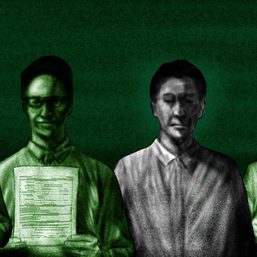
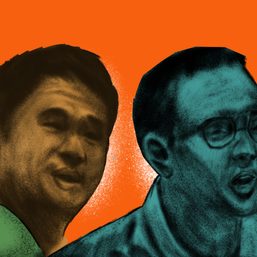
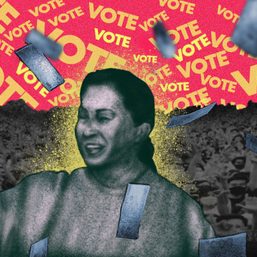
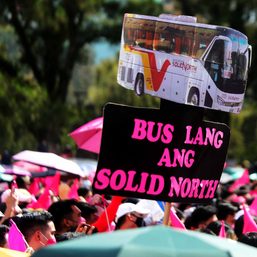
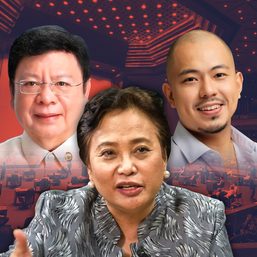
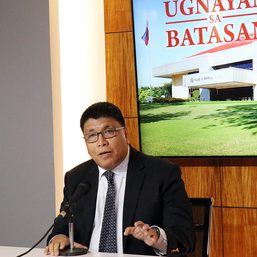
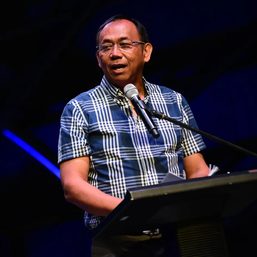
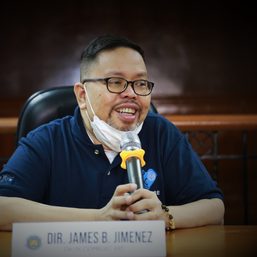
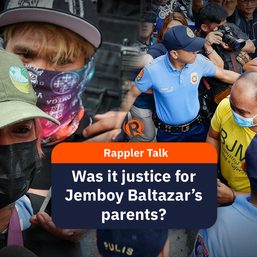
![[New School] Tama na kayo](https://www.rappler.com/tachyon/2024/02/new-school-tama-na-kayo-feb-6-2024.jpg?resize=257%2C257&crop=290px%2C0px%2C720px%2C720px)








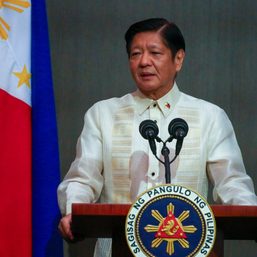
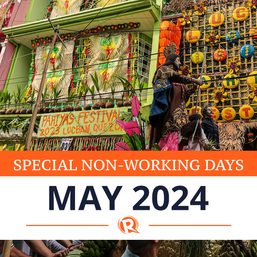




![[Hindi ito Marites] First Lady Liza Marcos: Unofficial presidential spokesperson?](https://www.rappler.com/tachyon/2024/05/Hindi-ito-Marites-TC-ls-02.jpg?resize=257%2C257&crop_strategy=attention)
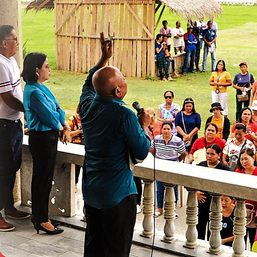
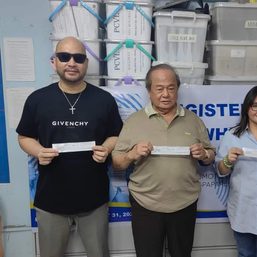
There are no comments yet. Add your comment to start the conversation.